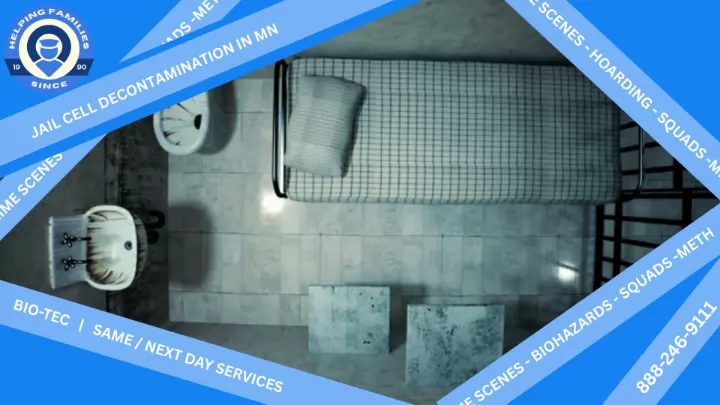Can hoarding cleanup services help with eviction prevention?
Yes, hoarding cleanup services can help individuals avoid eviction by restoring their living spaces to habitable conditions. Landlords may issue eviction notices if a rental unit violates health and safety codes due to excessive clutter or unsanitary conditions. Cleanup teams work quickly to remove hazards, deep clean the property, and ensure compliance with lease agreements. If legal intervention is needed, some companies provide documentation of the cleanup process to assist tenants in resolving disputes.
What safety precautions do hoarding cleanup professionals take?
Hoarding cleanup professionals follow strict safety protocols to protect themselves and their clients. They wear personal protective equipment (PPE) such as gloves, masks, respirators, and hazmat suits when dealing with hazardous materials. They also use industrial-strength cleaning agents, air filtration systems, and proper waste disposal techniques to minimize health risks. Additionally, they assess structural stability to avoid accidents caused by weakened flooring or walls. Safety is a top priority in every hoarding cleanup project.
Can meth residue be detected in water systems or plumbing?
Though uncommon, meth-related chemicals can enter plumbing systems, especially if waste products were improperly disposed of down sinks or toilets. Contamination in plumbing is more likely to occur in active production sites where liquid chemical byproducts are discarded. Professional environmental testing can include water sampling in extreme cases, particularly if there�s evidence of chemical dumping. Most meth contamination, however, is surface-bound. Still, if there�s a strong suspicion of tampered plumbing, experts may recommend flushing or replacing specific plumbing components as part of the remediation process.
Can crime scene cleanup be done in occupied buildings?
With proper containment and safety measures, crime scene cleanup can be safely conducted in buildings that are still occupied.
Is attic insulation affected by rodent infestations?
Yes, rodents often nest in insulation, contaminating it with urine and droppings, requiring replacement.
What steps are involved in meth lab remediation?
Meth lab remediation typically involves securing the property, ventilating the area, assessing contamination levels, developing a cleanup plan, removing contaminated materials, thorough cleaning of all surfaces, and conducting post-cleanup testing to ensure the property meets safety standards.
What are the signs of a rodent infestation?
Signs include droppings, gnaw marks, nesting materials, unusual odors, and scratching noises. Prompt action is essential to prevent further contamination and damage.
What legal responsibilities do property owners have regarding fentanyl contamination?
Property owners have a legal and ethical responsibility to address fentanyl contamination promptly. Failing to do so can result in liability for harm caused to occupants, visitors, or cleanup crews. In some jurisdictions, landlords may be required to disclose contamination issues to prospective tenants or buyers. Professional cleanup services ensure compliance with legal and regulatory standards, protecting property owners from potential lawsuits and penalties.
What is the protocol for removing odors from vehicles after biohazard contamination?
Odor-neutralizing equipment like ozone machines is used along with advanced cleaning agents.
Can cleaning services be adapted for different contamination levels?
Yes, services are scalable?from light cleaning to full-scale decontamination?based on the severity of biohazard exposure.
